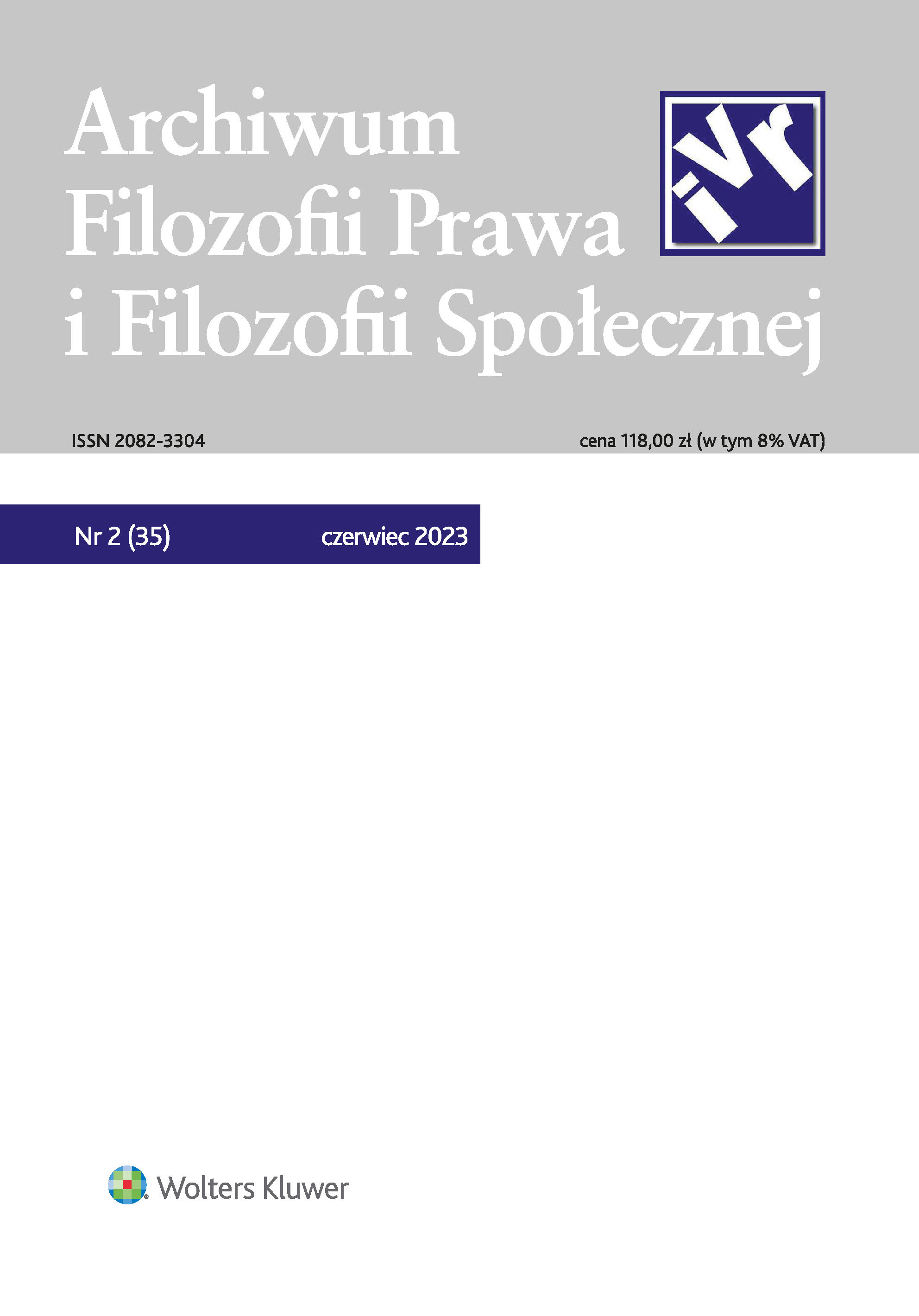Pewność prawa a zasada interpretatio retro non agit
Legal Certainty and the Interpretatio Retro Non Agit Principle
Author(s): Agnieszka Bielska-Brodziak, Marek SuskaSubject(s): Philosophy of Law, Philosophy of Law, Sociology of Law
Published by: Stowarzyszenie Filozofii Prawa i Filozofii Społecznej – Sekcja Polska IVR
Keywords: legal certainty; legal interpretation; consistent line of case law; interpretatio retro non agit; ex post facto laws;
Summary/Abstract: Referring to Józef Nowacki’s research on the principle of non-retroactivity of law[lex retro non agit], the authors of this study focus on the relationship between legal certaintyand retroactive changes in the prevailing interpretation of legal provisions. The main topic ofthe study is the expression ’interpretatio retro non agit’, which is already well-known in the legalculture, but not widely used. The objectives of the study were: (1) to determine the contentrelated, or potentially related, to the statement above in case law and literature; (2) to examinewhether there are grounds to consider this principle as binding in adjudication; and (3) to explainwhy changes in the prevailing interpretation of legal provisions are perceived as a necessaryevil. The research gave the authors a basis to distinguish between two understandings of theinterpretatio retro non agit principle: the narrow one and the broad one. Moreover, the broadunderstanding contains four sub-types of the thus understood principle. The narrow approachprohibits recognizing a change in the prevailing interpretation as a circumstance that wouldallow legally valid court judgments or final administrative decisions to be challenged. On theother hand, the broad approach introduces a presumption that legal effects should not beascribed solely because of a change in the prevailing interpretation that occurred after thelegal fact took place. Four possible justifications for the interpretatio retro non agit principlewere also considered: formal, natural, cultural, and instrumental justification. The authorsfound that the instrumental justification, which connects the principle with the value of legalcertainty, seems to be the most appropriate. However, some elements of the principle canalso be convincingly justified formally. Retroactive interpretation changes are only brieflydiscussed in literature, which the authors regard as an unfavourable state of affairs. However,the fundamental differences between law-making and the application of law allow usto understand that protecting the addressees of the law in practice is much more complicatedin cases of applying the law.
Journal: Archiwum Filozofii Prawa i Filozofii Społecznej
- Issue Year: 36/2023
- Issue No: 3
- Page Range: 51-65
- Page Count: 15
- Language: Polish

